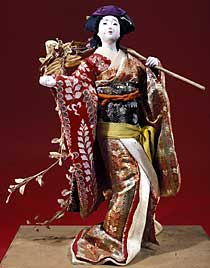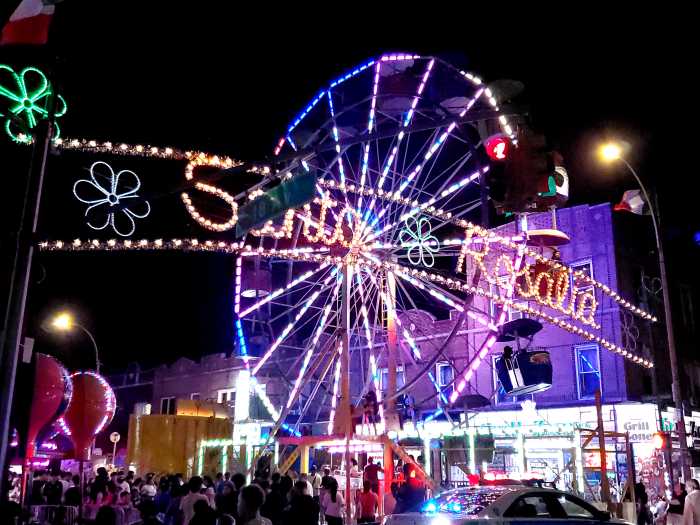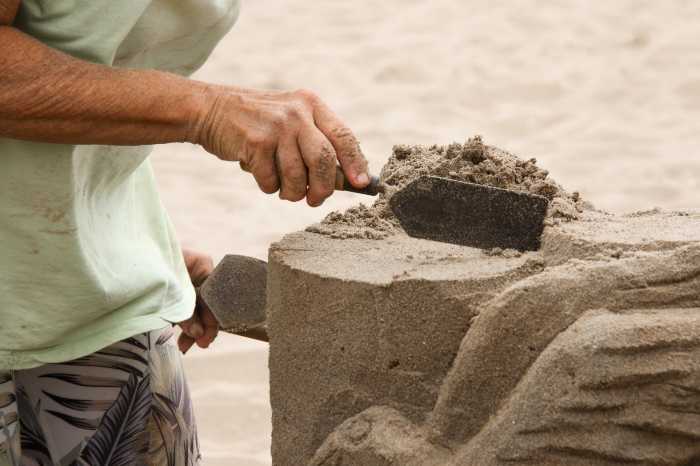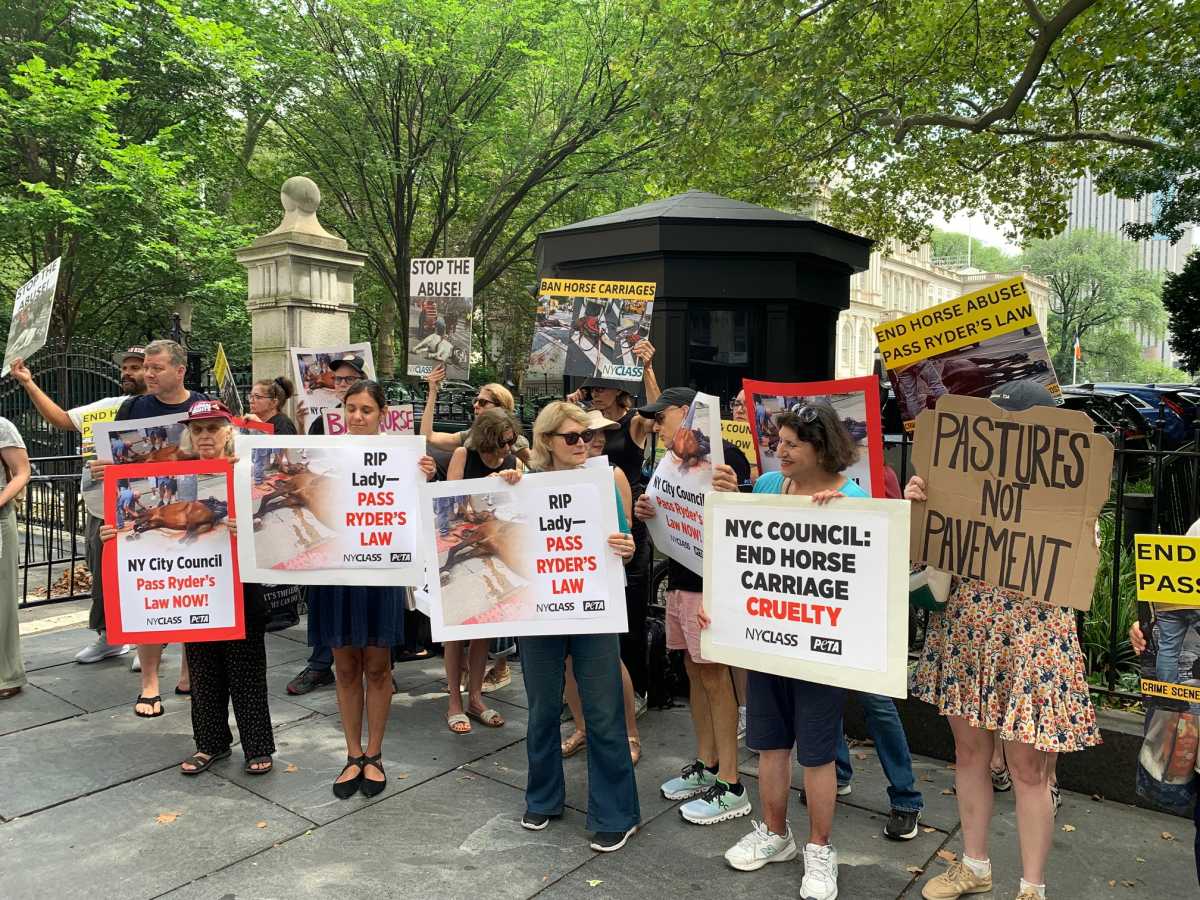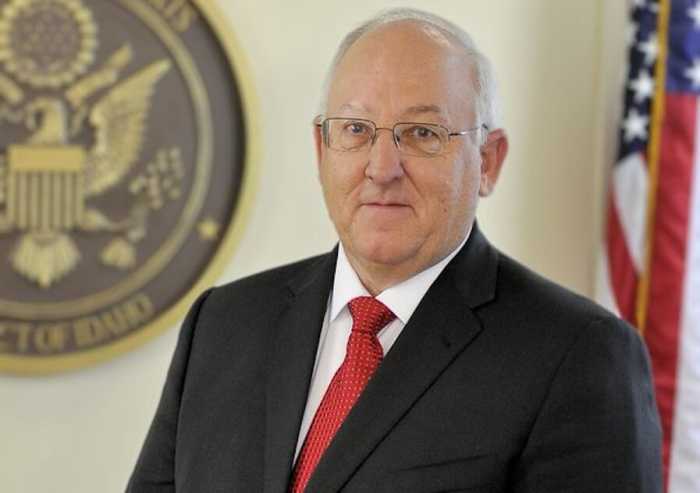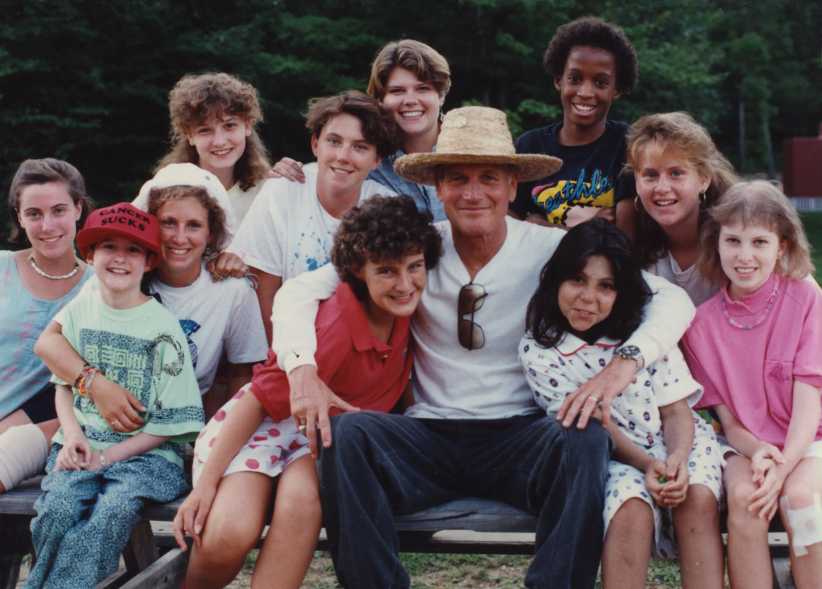You may have known that "Pokemon:
The Movie" was a big hit among kids, and "Hello Kitty"
paraphernalia has been popular among American children for at
least 20 years. But you can bet many kids don’t know that those
cultural icons come from Japan, or even where Japan is, let alone
what’s important to Japanese kids, or what Japanese and American
kids have in common.
The Brooklyn Children’s Museum will introduce Japan – and the
voices of its youth – in a new exhibit, "Japan and Nature:
Spirits of the Seasons," to open in early 2004. The exhibit’s
target audience will be children ages 5 to 12, but will ideally
appeal to the whole family – from grandma to the 3-year-old,
according to project director Liza Rawson.
Last month, the museum received a $750,000 award from the Freeman
Foundation – a Vermont-based private philanthropic group that
supports greater understanding between Asia and the United States
– to create this interactive exhibit about Japanese kids.
The show will tour 10 cities after it wraps in Brooklyn.
"The generous grant from the Freeman Foundation allows BCM
to invite American children to explore how people, and their
ways of life, are shaped by where they live," said Carol
Enseki, president of the 100-year-old museum, who is a Japanese-American.
"This exhibition will allow visitors to investigate the
dynamic relationship between the Japanese people and their natural
environment."
"In addition," she said, "it allows us to draw
upon our strengths: using hands-on activities and [our] collections
to excite and educate kids about world culture and natural science."
Out of the 27,000 objects in the museum’s collection, close to
200 cultural objects are from Japan, said project coordinator
Emily Timmel.
Timmel said the Freeman Foundation recognized Brooklyn Children’s
Museum’s leadership in cultural exhibits for children. "They’ve
seen what we’ve done before – like the famous ’Global Shoes,’"
she noted, referring to the 1999 traveling exhibit in which 400
shoes from around the world were on display.
The collection can be used in everything from cultural exhibits
like "Japan and Nature" to the museum’s current "Pattern
Wizardry" show, which teaches the fundamentals of patterns
as building blocks of our natural and manmade world.
"The ’Pattern Wizardry’ exhibit on display now is from our
collection," said Rawson. "The objects directly relate
to the activity like the top of a puzzle box. They look at the
object to do the activity.
"Authentic objects are extremely meaningful to kids. They
can spark conversations you don’t expect, because you don’t know
what a visitor brings with them to a museum," she said.
"It’s always fun to hear a parent or kid respond to something
like a Navajo beaded moccasin. They are authentic objects and
the voices really resonate."
In addition to the objects from the museum’s permanent collection,
they will be soliciting ideas and materials from Japanese children.
"What’s really exciting, what makes the Brooklyn Children’s
Museum stand out, is we’re working directly with people in Japan,"
said Timmel. "We have a woman in Japan, who runs her own
firm, Hands On Planning, who will interview Japanese children
about things they do with the seasons and to create boxes that
reflect their experiences. The ideas of this exhibit are going
to be expressed through Japanese children’s voices. Once we get
all of those things, we will design the exhibit around things
that come out of those interviews."
Rawson explained that a child may not be able to directly answer
a question like, ’What is important to you?’ but could fill a
box with items that represent summer or spring.
"Getting kids to think they have a box that represents a
season, and then, what would they put in to share with another
child?" said Rawson. "A photograph, things they buy?
It could be anything. That’s what happened with ’Global Shoes.’
We got lots of unexpected responses. We’re hoping this works
the same way. Who knows what a kid will do? But it will initiate
a conversation."
The museum has hired Exhibit A Design of DUMBO to create the
environment. Because of the organic nature of the exhibition,
the curators are still noncommittal about exhibit content until
they hear from the kids. Timmel and Rawson believed that some
dolls would be on display, because of Japan’s annual doll festival,
"Hina Matsuri," when traditionally costumed dolls are
given to girls.
"One of the very interesting things about Japan, and us
actually, is that there’s a connection between the traditional
arts and contemporary life," said Rawson. "One of the
points the exhibit hopes to make is you can trace traditional
influences in contemporary life. It doesn’t come out of nowhere.
"For instance, the Japanese kids’ tradition of beetle collecting.
(They can buy them out of vending machines.) And beetles are
the basis for ’Pokemon.’ There are so many neat connections.
There’s no way to create an exhibit that does any more than introduce
concepts, but they will walk out thinking, ’I understand where
that toy I play with comes from.’ Or, ’They celebrate New Year’s,
too!’"
Speaking of which, the new year is going to bring big changes
to the Brooklyn Children’s Museum. On June 19, the museum, on
Brooklyn Avenue at St. Marks Avenue, wrapped its four-year-long
Centennial Campaign, which raised nearly $32 million. Construction
is slated to begin in 2003 on the museum’s facility expansion,
which will nearly double the size of the current space. Founded
in 1899, it is the world’s first museum designed expressly for
children and receives 250,000 visitors a year.
"Japan and Nature: Spirits of the Seasons" is another
exhibit in the museum’s tradition of original exhibits that expand
children’s horizons while bringing them together.
"So much of our children’s culture is actually Japanese
and not many realize that," said Rawson. "The relevance
to the United States is one thing we’re going to bring up – how
much is shared and familiar, from styles, to games to electronic
equipment.
"We’re focusing on the bridge through which it’s relevant
to the children – seasonal activities. School is centered on
the seasons. For example, Japanese school begins in spring, not
the fall. That’s the nature connection, and we’ll focus on those
points of difference and commonality. Walking through New York,
the Japanese influence is very present. It’s everywhere."
For more information about the Brooklyn
Children’s Museum, 145 Brooklyn Ave. at St. Mark’s Avenue, as
well as seasonal hours and directions, call (718) 735-4400 or
visit www.brooklynkids.org
on the Web.
"Pattern Wizardry" will be on display through Jan.
5, 2003.
"Japan and Nature: Spirits of the Seasons" will open
in 2004.


